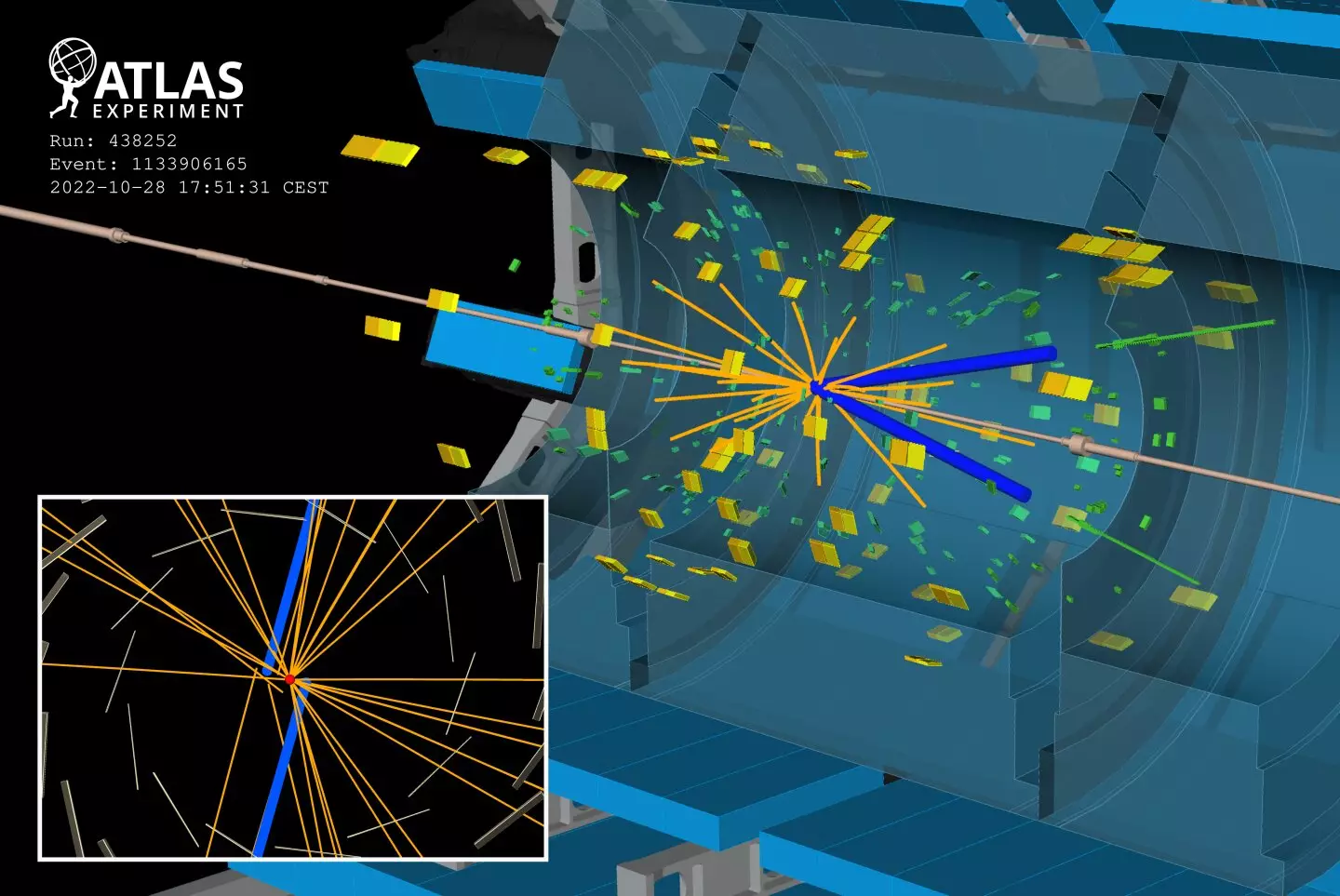The Standard Model of particle physics stands as one of humanity’s greatest achievements in understanding the universe’s fundamental components. However, it is increasingly recognized that this framework, while successful in describing the known particles and their interactions, is fundamentally incomplete. The edges of our understanding are fraying, suggesting that there are phenomena beyond what the Standard Model accounts for. Researchers are now diving into new territories, employing advanced experiments to provide insight into potential new physics. This pursuit has taken center stage at numerous international conferences, notably the recent ICHEP conference in Prague, where groundbreaking findings from the ATLAS collaboration have set the stage for the next leaps in physics.
Magnetic Monopoles: A Quest for Symmetry
One of the most tantalizing prospects being explored is that of magnetic monopoles—hypothetical particles posited to possess only one magnetic pole. If detected, monopoles would not only underscore the symmetry between electric and magnetic forces but would also provide critical evidence for grand unified theories that attempt to consolidate the strong, weak, and electromagnetic forces. These monopoles, should they exist, would exhibit properties that challenge our current understanding; they would be highly ionizing, indicating notable energy deposits in detectors as they rush through atomic structures. The ATLAS collaboration has focused on detecting these elusive entities amidst high-energy heavy-ion collisions at unprecedented energy levels, reaffirming the drive to push the boundaries of what we deem possible in particle physics.
ATLAS’s Innovative Approach to Collision Data
Utilizing cutting-edge technology at the Large Hadron Collider (LHC), ATLAS researchers have recently investigated the outcomes of lead-lead collisions. By analyzing these ultraperipheral events—where nuclei pass closely without direct collision—the team could probe interactions that yield the highest magnetic field strengths ever recorded, approximating 10^16 Tesla. In these high-energy contexts, the generation of magnetic monopoles could be theoretically achieved, and their signature would emerge as a distinctive signal in an otherwise empty detector space. However, despite their diligent searching in the data obtained from LHC Run 3, no monopoles were discovered. Nevertheless, the research has not been in vain; it has established the most stringent limits on monopole production within these parameters up to 120 GeV.
Long-Lived Particles: A New Frontier
Additionally, ATLAS’s recent endeavors have also ventured into the realm of long-lived particles—an area where existing theories hint at new discoveries. These kinds of particles are notable because they may not decay immediately but can instead travel a significant distance from their origin point before transformation. Such decays could create rare signatures, providing a potential pathway to new physics. The ATLAS team has developed innovative methodologies for detecting these elusive signatures, crucial advancements in the exploration of supersymmetric theories that remain unproven. By enhancing the event selection processes, they successfully sought out evidence of pairs of long-lived particles, leading to the identification of two separate tracks—an anomalous event that could signal groundbreaking developments in our understanding.
Consistent Results amidst High Hopes
Despite the high hopes and rigorous methodologies employed, the search for long-lived particles during this latest phase of data collection ultimately yielded results that matched theoretical predictions from the Standard Model. This alignment, while anticipated, raises questions about the versatility of existing particle models in predicting all avenues of matter behavior. The results emphasize the necessity for continued refinement in search techniques and invite a reassessment of the conditions that may allow for the detection of unseen particles in future research endeavors.
The Future: High-Luminosity LHC and Beyond
Looking ahead, the potential for discoveries in particle physics remains vast, especially with prospects for the High-Luminosity LHC on the horizon. The emphasis on identifying both magnetic monopoles and long-lived particles represents a broader push into uncharted territories of physics. As the ATLAS team continues to optimize their techniques and expand their data pool, anticipation builds within the scientific community. Each incremental step not only holds the possibility of groundbreaking discoveries but also promises to challenge existing paradigms and reshape our conception of the universe. Through rigorous investigation and innovative experimentation, the journey towards unlocking the mysteries of fundamental physics continues.


Leave a Reply